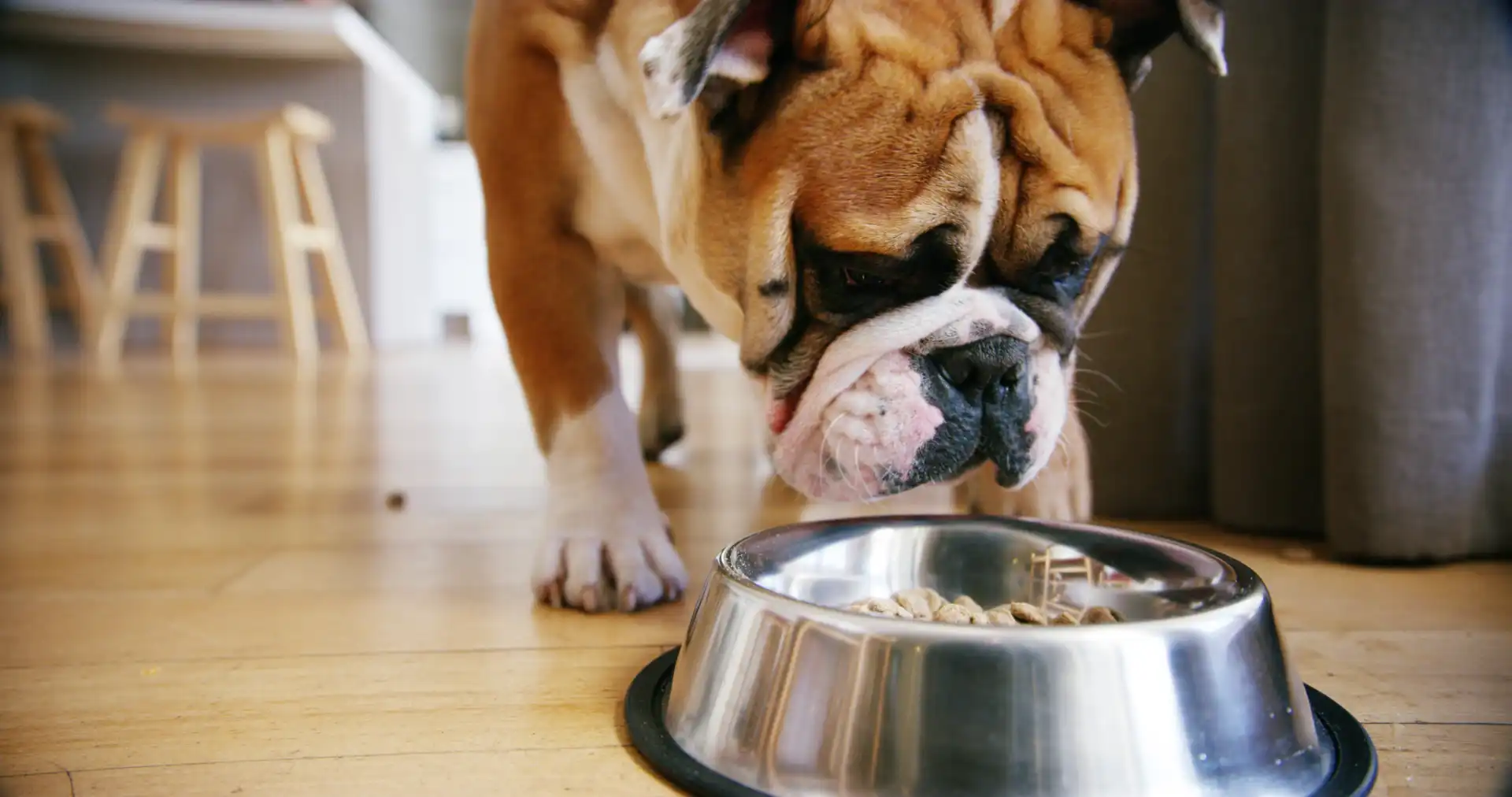Proper nutrition is essential to the health, energy, and lifespan of your furry companion. Feeding Continental Bulldogs the right way requires an understanding of their unique dietary needs at each life stage. Whether you’re welcoming a new puppy or caring for a senior bulldog, this guide provides essential tips for a balanced and healthy diet.
Why Diet Matters for Continental Bulldogs
Continental Bulldogs are known for their strong build, affectionate nature, and moderate energy levels. However, like all bulldog breeds, they are prone to certain health issues like obesity, food allergies, and joint problems. Feeding them a tailored, high-quality diet can prevent many of these issues and help your dog thrive.
Feeding Continental Bulldog Puppies
During the first year of life, your Continental Bulldog’s body is rapidly growing. This means they require:
- High-quality puppy food with added protein and fat
- Frequent feeding: 3 to 4 meals per day until 6 months old
- Calcium and phosphorus for strong bone development
- DHA for brain and vision development
Choose a reputable puppy food brand with animal protein as the first ingredient. Avoid fillers like corn or soy. Also, monitor your puppy’s weight to avoid overfeeding, as excess weight can stress their developing joints.
Feeding Adult Continental Bulldogs
Once your bulldog reaches 12 months, switch to adult dog food. Continental Bulldogs do best on a diet that includes:
- Moderate protein (18–25%) from chicken, lamb, or fish
- Healthy fats for coat and skin support
- Digestible carbs like sweet potato or brown rice
- Joint support ingredients (glucosamine, chondroitin)
Adult Continental Bulldogs typically eat 2 meals per day. The exact amount depends on age, weight, and activity level. As a baseline, 2.5 to 3 cups of quality kibble per day (split into two meals) is a good start. Adjust based on your vet’s advice.
For more general health and grooming tips, see our guide: Caring for Your Continental Bulldog.
Raw or Homemade Diets for Continental Bulldogs
Some bulldog owners prefer raw or homemade diets. These options offer full control over ingredients but require careful planning to avoid nutritional deficiencies. If considering these routes, always:
- Consult a veterinarian or pet nutritionist
- Include muscle meat, organs, bone content, and vegetables
- Add supplements for vitamins and minerals
A homemade diet should never consist of “human leftovers.” Balance is key, and improper feeding can lead to serious health problems.
Treats and Snacks: What’s Safe and What to Avoid
Treats are great for training but should make up no more than 10% of your bulldog’s daily calorie intake. Healthy treats include:
- Baby carrots
- Apple slices (no seeds)
- Plain cooked chicken
- Commercial dog biscuits made with natural ingredients
Avoid: Chocolate, grapes, raisins, onions, garlic, salty snacks, or fatty table scraps.
For a list of vet-recommended safe treats, check out this guide from American Kennel Club.
Common Feeding Mistakes to Avoid
Even experienced dog owners make feeding mistakes. Here are common pitfalls when feeding Continental Bulldogs:
- Overfeeding: Bulldogs are prone to obesity
- Free feeding: Always stick to scheduled mealtimes
- Sudden food changes: Transition slowly over 7–10 days
- Feeding only dry food: Occasionally add wet food or cooked meat for variety
Hydration: An Often Overlooked Key
Continental Bulldogs need constant access to clean, fresh water. Their short snouts can cause heat sensitivity, so staying hydrated is critical—especially during warmer months or after walks.
Senior Bulldog Feeding Tips
As your bulldog ages (around 7+ years), their metabolism slows. Switch to a senior formula with:
- Lower calories
- High fiber for digestion
- Glucosamine and antioxidants
Senior dogs are also more prone to dental issues, so consider softer kibble or moist food options if chewing becomes difficult.
Signs of a Healthy Bulldog Diet
Wondering if your Continental Bulldog’s diet is working? Look for these signs:
- Shiny, soft coat
- Consistent, firm stools
- Steady energy and weight
- Clean ears, clear eyes, and fresh breath
If you notice vomiting, diarrhea, lethargy, or skin irritation, your dog may have a food allergy or sensitivity. Talk to your vet about switching to a hypoallergenic formula.
Conclusion: Fueling a Healthy Life
Feeding Continental Bulldogs the right way is a vital part of their health and happiness. Whether you’re feeding a puppy or senior, focus on quality, balance, and portion control. Combined with regular exercise and vet care, your bulldog will thrive for years to come.
Want to prepare your home for a new puppy? Don’t miss our article: Preparing Your Home for a New Bulldog Puppy.
For additional feeding advice, explore this in-depth bulldog nutrition guide by PetMD.

